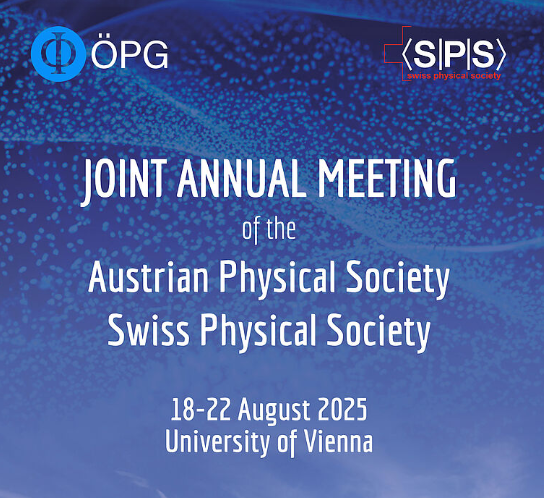https://doi.org/10.1140/epjp/s13360-022-03405-z
Regular Article
High-temperature oxidation of Cu–2.1Be commercial alloy
1
Instituto de Física de Materiales Tandil-IFIMAT, Facultad de Ciencias Exactas, Universidad Nacional del Centro de la Provincia de Buenos Aires (UNCPBA), Pinto 399, 7000, Tandil, Argentina
2
Consejo Nacional de Investigaciones Científicas y Técnicas CONICET, Av. Rivadavia 1917, C1033AAJ, Buenos Aires, Argentina
3
CIFICEN (UNCPBA-CICPBA-CONICET), Pinto 399, 7000, Tandil, Argentina
4
Comisión de Investigaciones Científicas de la Provincia de Bs. As., Calle 526 Entre 10 y 11, 1900, La Plata, Argentina
5
IFAS, Facultad de Ciencias Exactas, UNCPBA, Pinto 399, 7000, Tandil, Argentina
6
Instituto de Investigaciones en Ciencia y Tecnología de Materiales CONICET, Av. Colón 10850, Mar del Plata, Argentina
Received:
20
June
2022
Accepted:
17
October
2022
Published online:
25
October
2022
The high-temperature oxidation behavior of a Cu–2.1Be commercial alloy was studied. Samples subjected to oxidation treatments for 17 h at 850 °C in air were characterized by gravimetric and hardness measurements, Raman microspectroscopy and LIBS measurements. The corrosion products formed on the surface of the samples oxidized for 17 h at 850 °C in air consisted of BeO and copper oxides. From the in-depth characterization obtained by LIBS, it was found that the oxide film would be of around 40 μm, with an outermost layer richer in beryllium compared to the inner layer. In the bulk of the alloy, a diffusion gradient of beryllium was observed in the region closest to the interface with the oxide film, with an outer layer richer in beryllium. The hardness decreases from 93 HV to around 84 HV after five oxidation treatments in samples subjected to oxidations of 17 h at 850 °C and polished. This decrease would be associated with the growth of the grain size due to the oxidation treatment and the loss of beryllium from the alloy due to the formation of the corrosion products. However, the loss of beryllium is not large enough to affect the formation of γ’ precipitates.
Copyright comment Springer Nature or its licensor (e.g. a society or other partner) holds exclusive rights to this article under a publishing agreement with the author(s) or other rightsholder(s); author self-archiving of the accepted manuscript version of this article is solely governed by the terms of such publishing agreement and applicable law.
© The Author(s), under exclusive licence to Società Italiana di Fisica and Springer-Verlag GmbH Germany, part of Springer Nature 2022. Springer Nature or its licensor (e.g. a society or other partner) holds exclusive rights to this article under a publishing agreement with the author(s) or other rightsholder(s); author self-archiving of the accepted manuscript version of this article is solely governed by the terms of such publishing agreement and applicable law.





